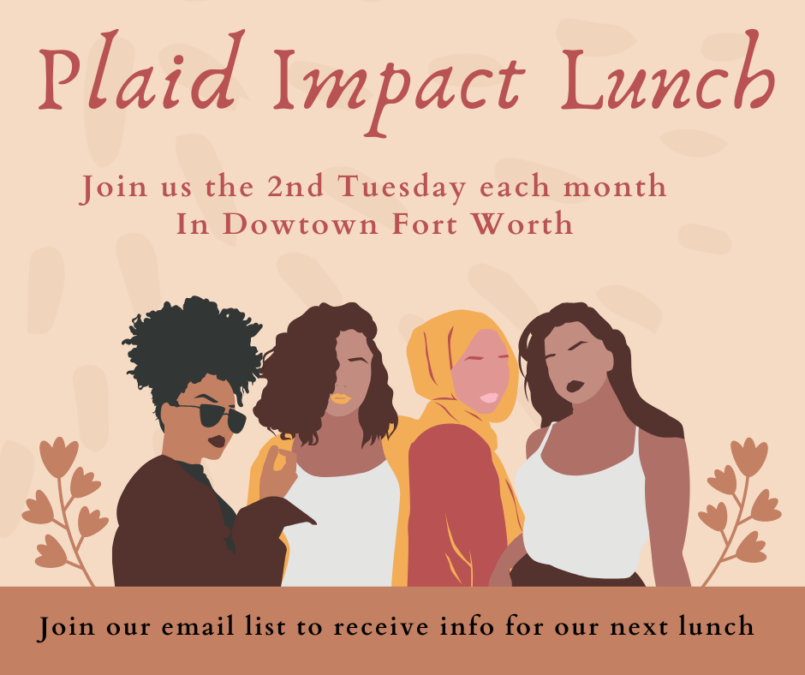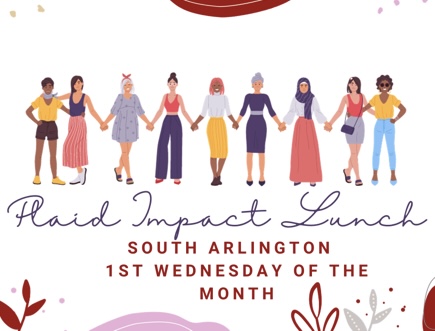This summer in grad school, I learned a phrase that stopped me in my tracks: post-traumatic growth.
Have you ever felt something deep inside but couldn’t name it? That’s how I felt. For years, I carried resilience I didn’t know how to describe. Then, suddenly, here it was— a name, a concept, a validation.
I wasn’t just “getting by.” I was growing.
What Is Post-Traumatic Growth, Really?
In simple terms, it means this: trauma is real, and healing is messy, but sometimes we come out stronger than before.
Researchers refer to it as positive change following struggle. Not fake positivity. Not “everything happens for a reason.” But deep, genuine shifts—like:
- Feeling more confident in yourself.
- Connecting with people in deeper ways.
- Seeing new possibilities you didn’t notice before.
- Appreciating the little things more.
- Finding spiritual or personal meaning.
Doesn’t that sound like hope?
Why It Hit Me So Hard
When I first heard this phrase, I wanted to cry. For years I’d minimized my own survival. I thought resilience was just “getting through.” But this idea—that I was not only surviving, but actually transforming—changed everything.
It made me think: if I didn’t know this term, how many other women don’t know it either?
How many of us are carrying strength we don’t even recognize?
My Story: Growth Through My Son’s Battle
When I first learned about post-traumatic growth, I immediately thought about the last ten years of my life.
In that time, my son has survived brain cancer not once, but twice—at ages two and five. Writing that sentence still takes my breath away. Those years were filled with hospital stays, fear I cannot put into words, and the kind of exhaustion that reaches into your bones.
And yet, looking back now, I can see the tools and resources I discovered in those seasons completely changed me.
I learned to breathe through the panic. I learned to ask for help when I needed it. And I learned that leaning on community is not weakness—it is strength.
Most of all, I learned to trust a higher power, the divine goodness that carried me when I could not carry myself. That trust has reshaped my soul.
Because of my son’s survival, I feel more grateful, more connected, more willing to see beauty even in broken places. His resilience taught me about my own.
Today, when I share my story, I share more than survival. I share the testimony that growth is possible, even in the hardest seasons. And I share the tools—faith, trust, mindfulness, connection—that helped me so that someone else might find hope too.
That, to me, is what post-traumatic growth really looks like. It’s not theory. It’s lived truth.
From Helplessness to Growth
Here’s the hard truth: trauma can leave us feeling helpless. Like no matter what we do, nothing will change. Psychologists call that “learned helplessness.” And I know that feeling well.
But PTG showed me there’s another side. Growth is possible, even when things feel broken.
So how do we move from helplessness to growth? A few practices helped me:
- Reframe failure. Instead of “I can’t do this,” try “I can’t do this yet.”
- Celebrate small wins. Healing is not one giant leap. It’s tiny steps that add up.
- Lean into resources.
- The Post-Traumatic Growth Workbook is full of practical exercises.
- Mindfulness practices like meditation or yoga can help calm the body and mind.
- Carol Dweck’s growth mindset research teaches us to see effort as progress.
These tools reminded me that I wasn’t stuck—I was building something new.
Why I’m Sharing This With You
Because I don’t think women hear this enough. We are strong. We are resilient. And we are capable of growth beyond what we ever imagined.
Post-traumatic growth gave me language for my story. I hope it gives you language for yours too.
So, sister, if you’ve walked through trauma—big or small—please know this: your story doesn’t end there. You have the power to grow, to transform, to rewrite the ending.
And that growth? It’s not just survival. It’s a whole new beginning.
Your Turn: Have you ever experienced growth on the other side of hardship? I’d love to hear how it showed up in your life.
Find more by Amber here.













